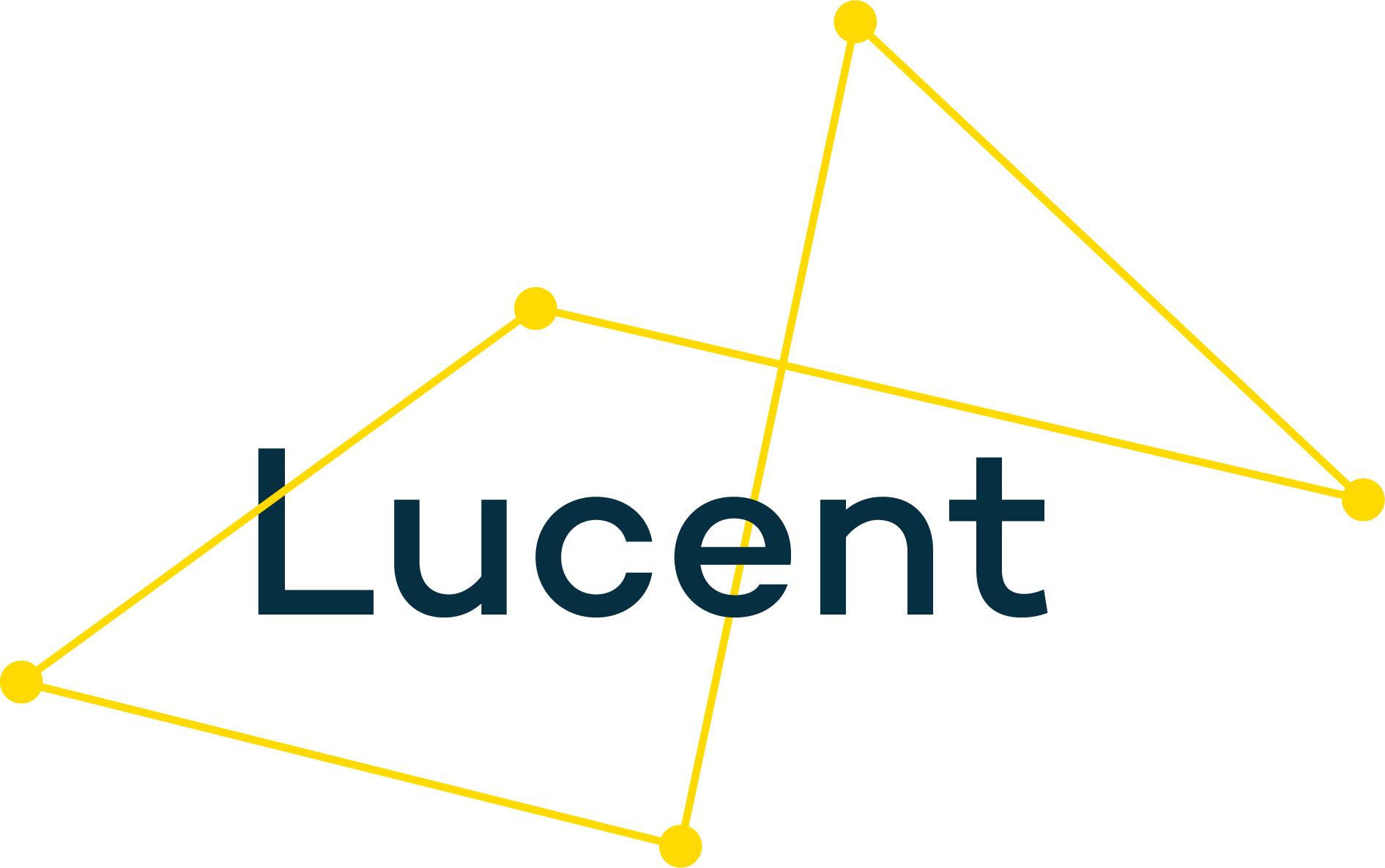More than money
Charities exist to bring about good for their beneficiaries. But how do you know when you've done that, and what difference you have really made? Were there other, knock-on, effects – good or bad – that you didn't foresee? And were other people, besides your beneficiaries, affected as well?
As a Finance Director and treasurer of various charities, I am often struck by how much better we are at measuring financial transactions than at measuring the real difference made through our efforts and actions. This is at least partly because, as all book-keepers and accountants know, there’s a tried and tested methodology for doing it.
How many times have I seen within a charity’s strategic objectives something like ‘Growing our income by x%’. Whilst very comforting to someone in my position, I can’t help feeling that this puts the cart before the horse: surely that objective should really be to make a greater positive difference to the organisation’s beneficiaries? Raising – and spending – more money is merely a proxy for this (and possibly a flawed one): if we spend more, we must be doing more good.
It could be that changing what we do to have greater impact would achieve that end. But in order to know that we’ve done so, we must be able not only to describe, but also to measure, our impact. Measuring the impact organisations have, called “social value”, can give real insights into the efficacy of their strategy and actions. Such insights are helpful to management in understanding how much difference they’re making – and what they could usefully do more of or change to avoid an inadvertent negative outcome – and feeding into strategic thinking and business planning for the future to help make organisations even more effective in what they do.
The trouble is we often don’t know how to measure the difference we really make. Unlike our well-established accounting methods, measuring impact, or social value, is a relatively young science. There are methodologies and guidelines available, and many of those who are using them are trying them out and learning as they go.
I would like to see more organisations dipping their toe in the water. Once we start to measure impact , we can see how well strategy and resulting actions are working for beneficiaries. Bringing it together with measures of inputs (many of which are already available in the accounts) can give an indication of social return on investment, in other words, what was achieved for our money.
This can also be useful to donors in understanding the difference their funding of a particular programme or project made. And it can be used to explain an organisation’s value, in terms of social good, to the public at large, demonstrating accountability and transparency.
The Government, too, is interested in charities’ impact. The House of Lords Select Committee on Charities recommended in its 2017 report, ‘Stronger Charities for a Stronger Society’, that charities should better understand their impact – and then to go a step further by seeking independent evaluation of it.
Whether you’re just starting out on your journey of measuring impact or are well on the way, Totalpolicy is here to help you think through your approach and ideas, and help you use your results to inform your strategy for the future. To find out more, just contact us at hello@totalpolicy.co.uk.

